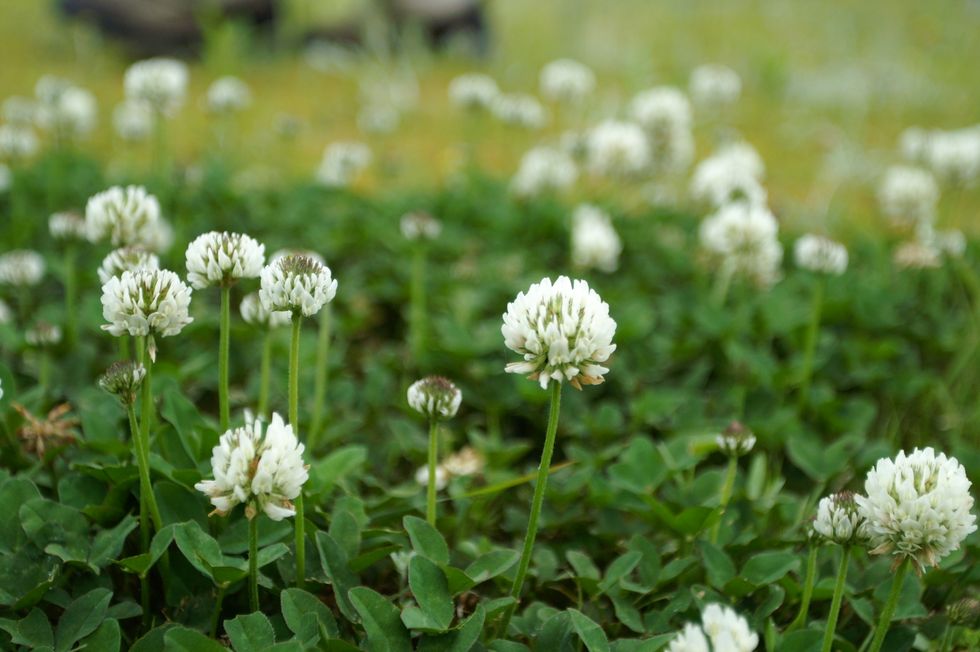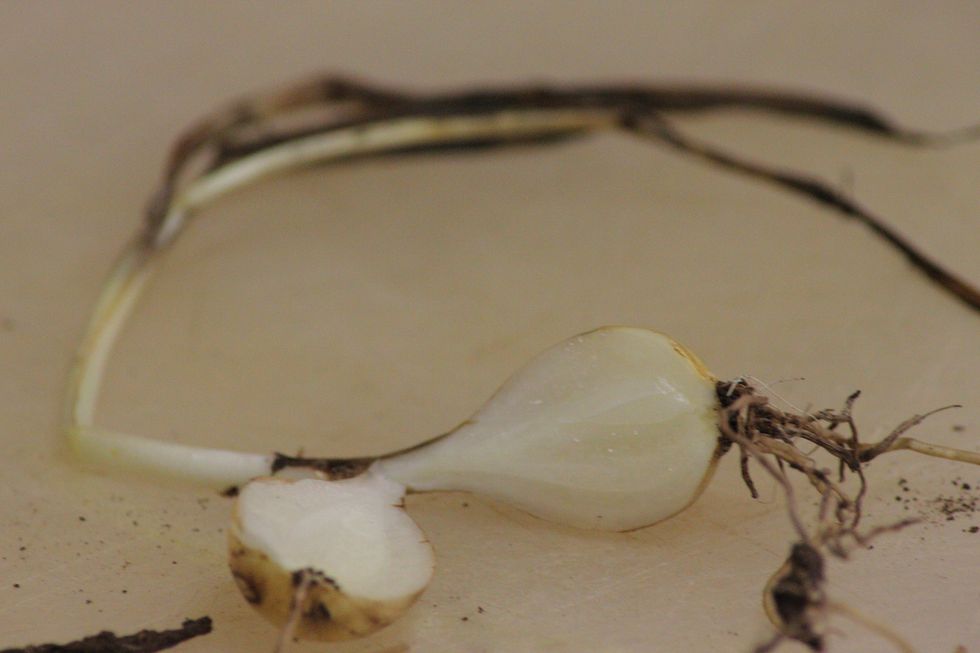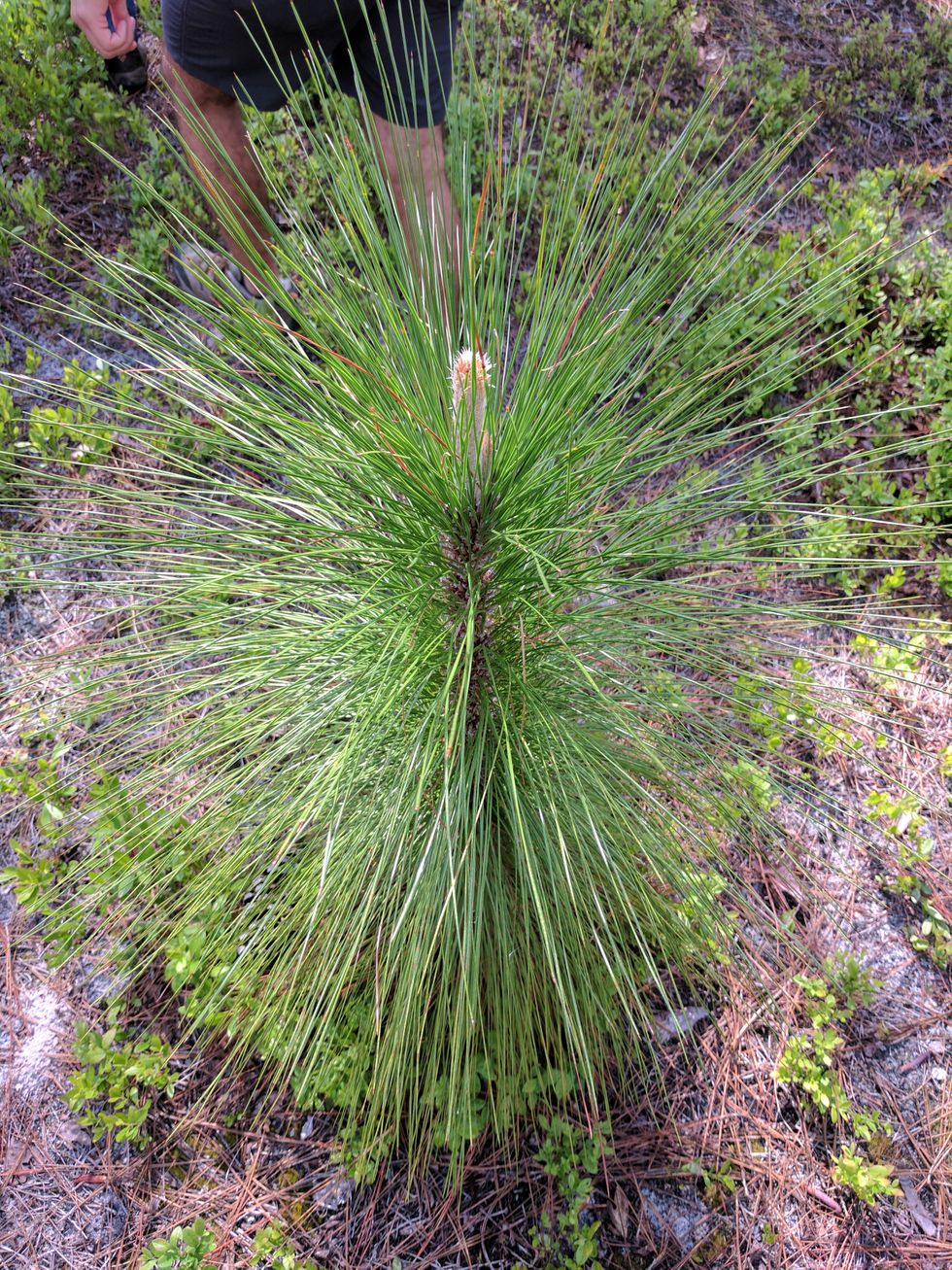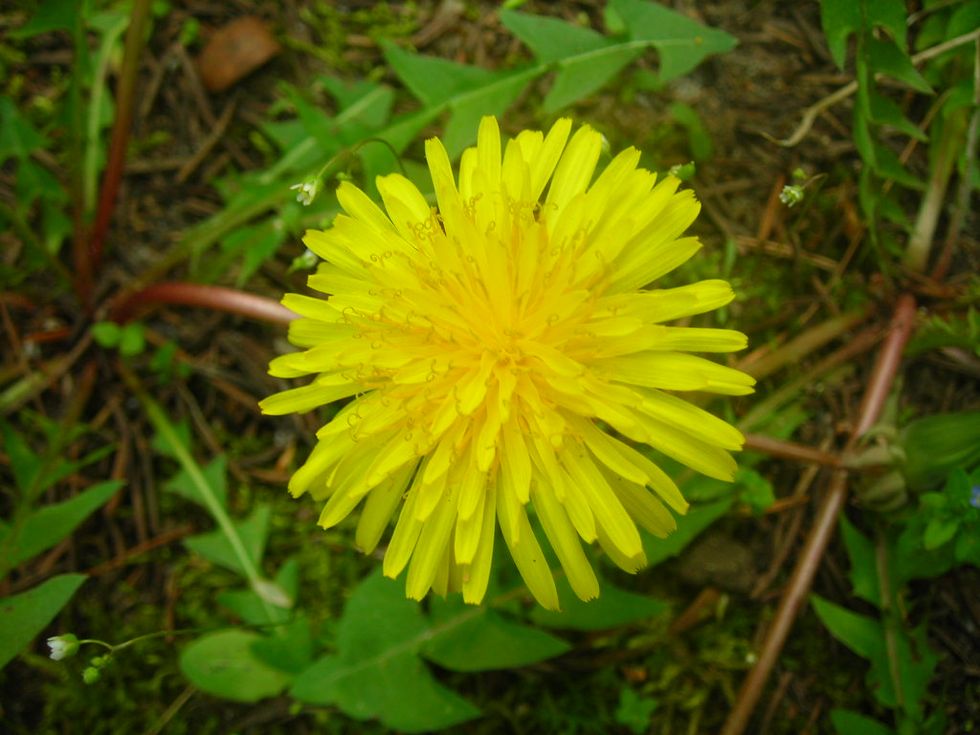Let me preface this by saying that you definitely shouldn't just go out to your backyard and pop the first speck of green plant you see in your mouth. The first rule of foraging is that you should always have a positive identification of something before you even pick the thing off of the ground. It is also helpful to have an expert or a friend Identify the plant you decide to pick before you eat it. Just as someone will edit this before it is posted online, it's always good to have someone else take a look at what you decide to eat. It is also important to know that what you are about to eat hasn't been sprayed with any kind of herbicide, pesticide, or insecticide (which should be easy if you're in your own yard).
Now, with all disclaimers aside, let's dig into the dirt!
1. White Clover (Trifolium repens)
That's right! Those hours you spent as a child searching for the four-leafed clover to gain all of the luck has been an edible plant source all along. However, ingesting too many of these things will give you a pretty bad tummy ache since they are chock full of fiber so eat wisely.
2. Wild Onion / Garlic (Allium)
This stuff is easily recognizable by the scent alone and makes for a fantastic seasoning to any savory dish. Some believe it has more of an onion taste while others find it to be more like garlic so you'll have to try this one out to see for yourself. Pan fry to really bring out the flavors.
3. Pine Needles (Pinus)
Believe it or not, pine needles are a good source of vitamin C and are often consumed by deer to prevent scurvy. You want to eat the needles only and the greener the needle is the better it will taste. You can also boil some needles in water for about 10 minutes for a nice citrusy tea. In North Carolina, there are currently no types of poisonous pine trees but as you go further north you could run into some trouble.
4. Indian Strawberry (Duchesnea indica)
These little red berries make a nice ground cover for most backyards and can be pretty easy to spot since it is such a bright red color. There is some discrepancy among foragers on if this plant is poisonous or not and there is a look-alike of this plant that is poisonous so be cautious when eating. Also, even though they look mildly like strawberries they do not have much of a taste and can be rather bitter.
5. Dandelions (Taraxacum officinale)
When most people think of weeds in their backyards they probably think of dandelions the most and they are on almost all weed killer packaging. On the other hand, you may know them from their wish-granting abilities as a child. However, as an adult I discovered that dandelions are entirely edible - root to flower. The roots are commonly used as a tea and can also be used to make dandelion wine. I don't totally recommend this tea for its flavor, since it mainly tastes like a bad cough syrup, but it also does contain lots of good vitamins. Also, if you have a latex allergy be sure to stay away from the stems of the dandelion flower since that milky stuff on the inside of the stem is actually a form of latex. Also, be sure to roast the roots in a pan to get a better flavor out of them if you want to try this plant!



























